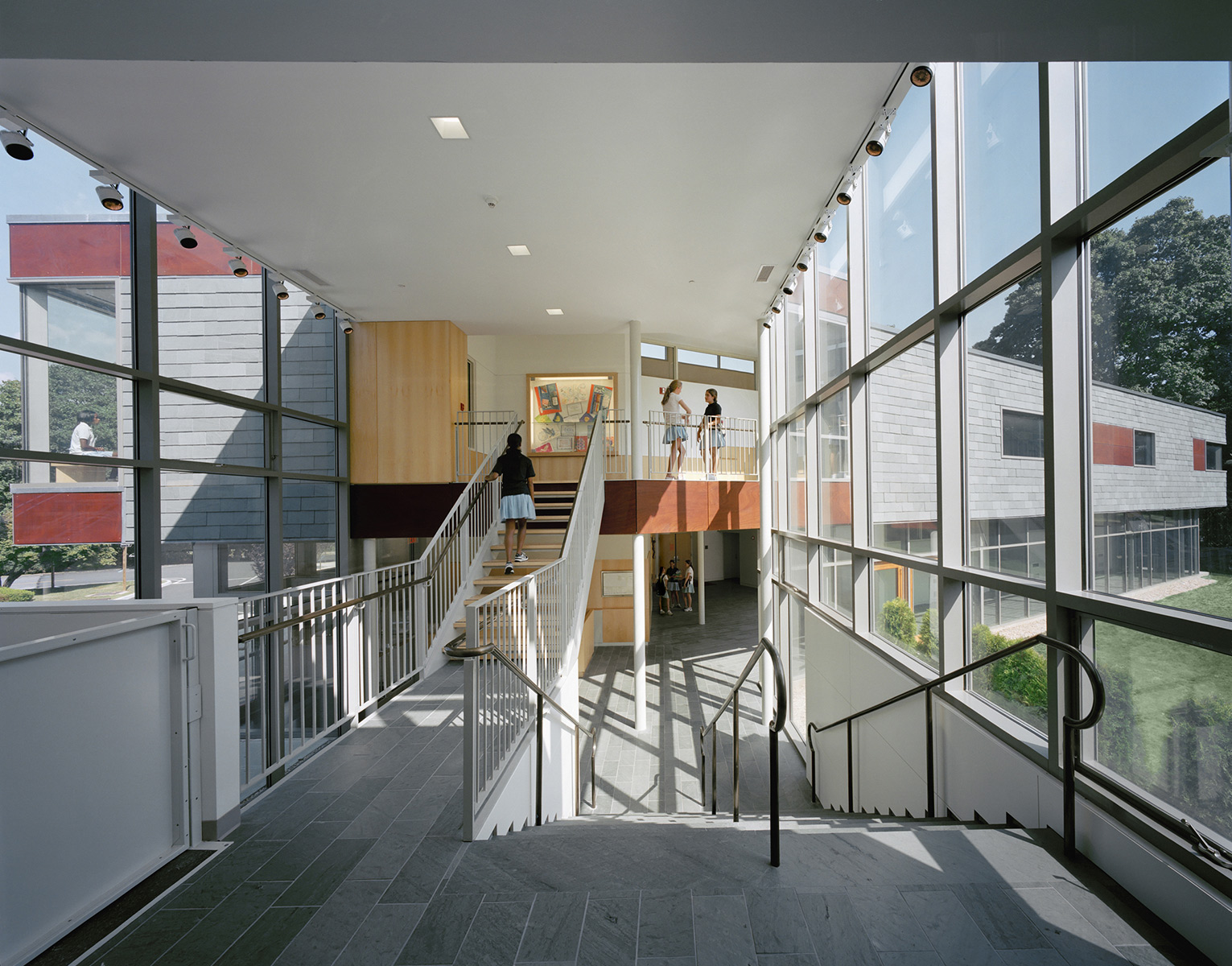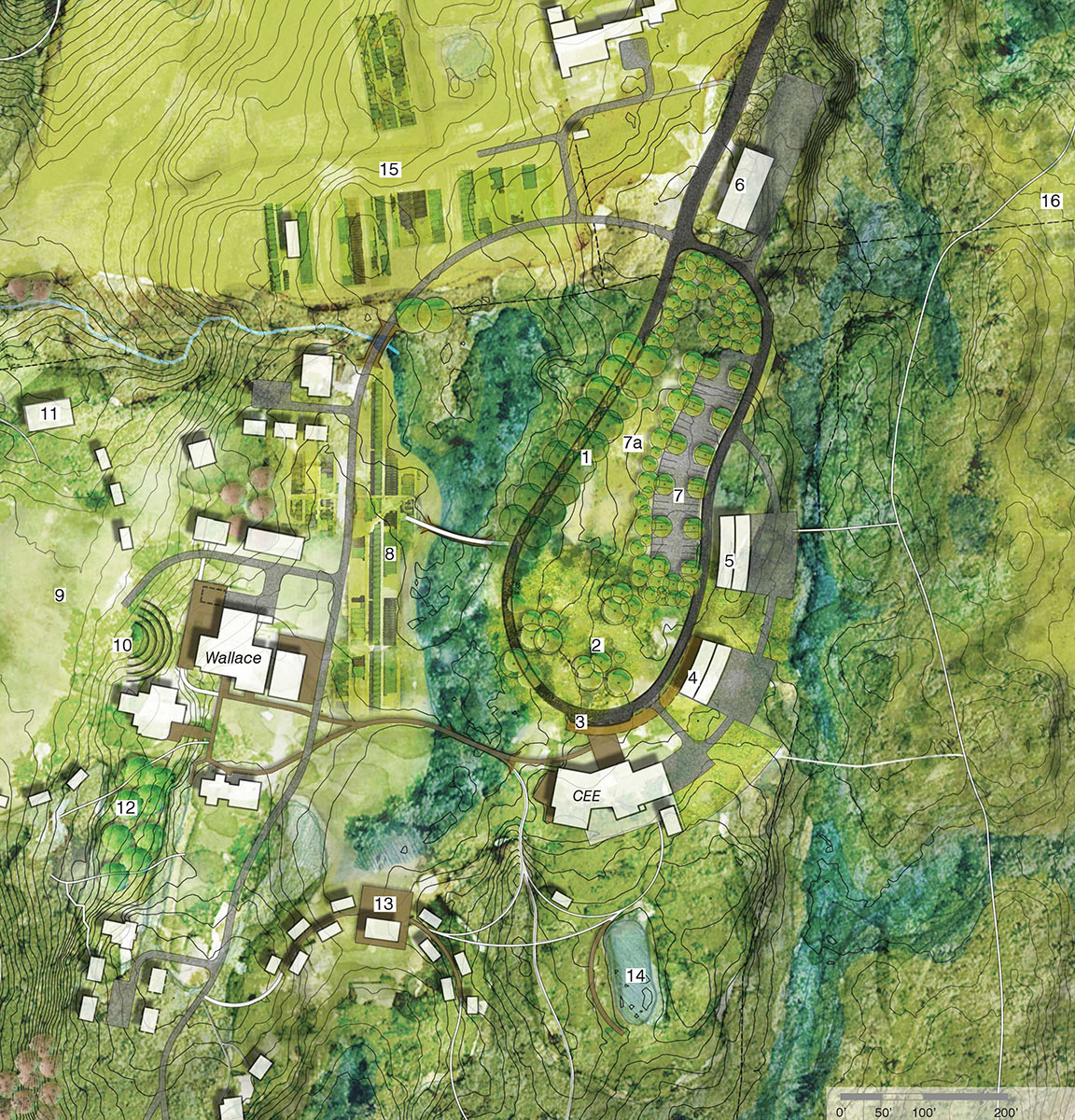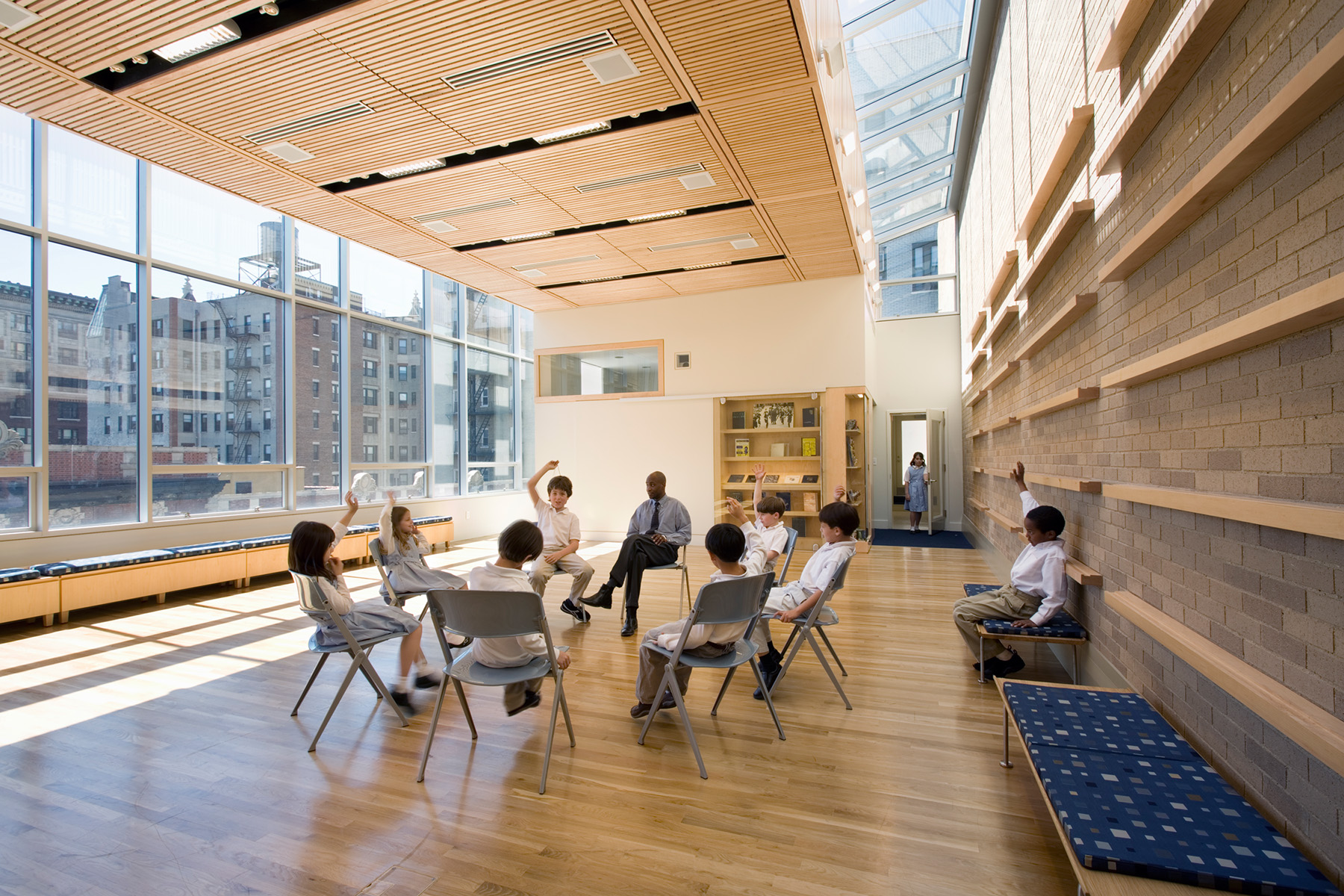Why Planning is Essential to School Design

A Highly Effective School Planning Methodology
MBB has developed a highly effective planning methodology for pre-Kindergarten through 12th grade schools. Whether planning for a new school or expanding or improving an existing school, we seek to identify planning strategies that reinforce mission, pedagogy and institutional culture. MBB has worked with a wide range of schools and educational institutions throughout the United States and in Europe, Africa, the Middle East and South Asia.
Why a School Plan is an Essential Tool for Educators
School planning is an iterative, structured process for defining institutional goals and objectives and developing strategies for meeting them. A school plan is an essential tool for individuals involved in school start-ups, existing school leadership and new school heads charged with implementing change. Planning precedes and ultimately informs the design process at all scales, from campus-wide to individual building improvements. It sets the stage for a school to grow or otherwise realign a campus and its buildings to support the mission, pedagogy and culture of the school. Perhaps the most important benefit of undertaking a school plan is the potential for engaging the school community to identify the best insights and ideas while building broad consensus for a path forward.

Why to Initiate a School Plan
First, educators and planners may ask why initiate a school plan?
- To define the facilities needed for a new school
- To find solutions when an aging, dysfunctional campus or building undermines mission
- To identify means to remain competitive with peer schools
- To find ways to accommodate enrollment growth
- To define the goals for a new building that will impact your campus
- To support academic excellence
Four Elements to a Successful School Plan
There are four elements to developing a successful school plan: Research, Synthesis, Planning and Communication. The first step is putting together an effective communications plan. We work with school leadership to identify the various school constituencies, how and when these groups will be engaged, and how the progress of the planning process will be communicated to the broader school community.

The Research Phase is Essential to Education Planning
During the research phase, we study all existing documentation related to the school. If we are working with an existing school, we assess existing facilities, work to understand school culture, examine relevant peer institutions and engage the school community in focused discussions about the future of the institution. The most interesting part of this process is the unexpected: a faculty member identifies a relevant programmatic shift implemented at her former school or a student identifies an important need overlooked by the administration.
Synthesis Phase of School Pre-Planning
During the synthesis phase, we work with the school leadership team to interpret what we have discovered. We identify what the challenges and opportunities are that should be addressed in the school plan. This is the point at which we generate a list of findings which can then be communicated to the school community. These findings form the basis for planning a successful school or campus.
Planning and Communication in Educational Planning
During the planning phase, we produce numerous variations of solutions to the challenges and opportunities identified. These solutions cover a wide range of possibilities and are communicated using diagrams and drawings. Through the planning process, priorities are identified as well as improvements that will have the greatest impact on the school. The planning phase ultimately identifies a proposed organization of the campus or building, a series of projects to achieve the school’s goals, project sequencing, and costs associated with the projects. A presentation of a plan draft is developed so that input by the school community can be further obtained. After a full vetting by the school leadership team and the community, the plan is fully described in a planning document that can be widely distributed or used for fundraising.
School planning is not design per se, but a look at a school from “30,000 feet.” In describing a path forward a school plan is not intended to be a static document that is cast in stone. It reflects a culmination of ideas at a specific point in time that support the mission, pedagogy and culture of a school. A well-conceived school plan charts a deliberate path forward for the institution, yet allows for flexibility so that new conditions and criteria can fit within it’s structure.